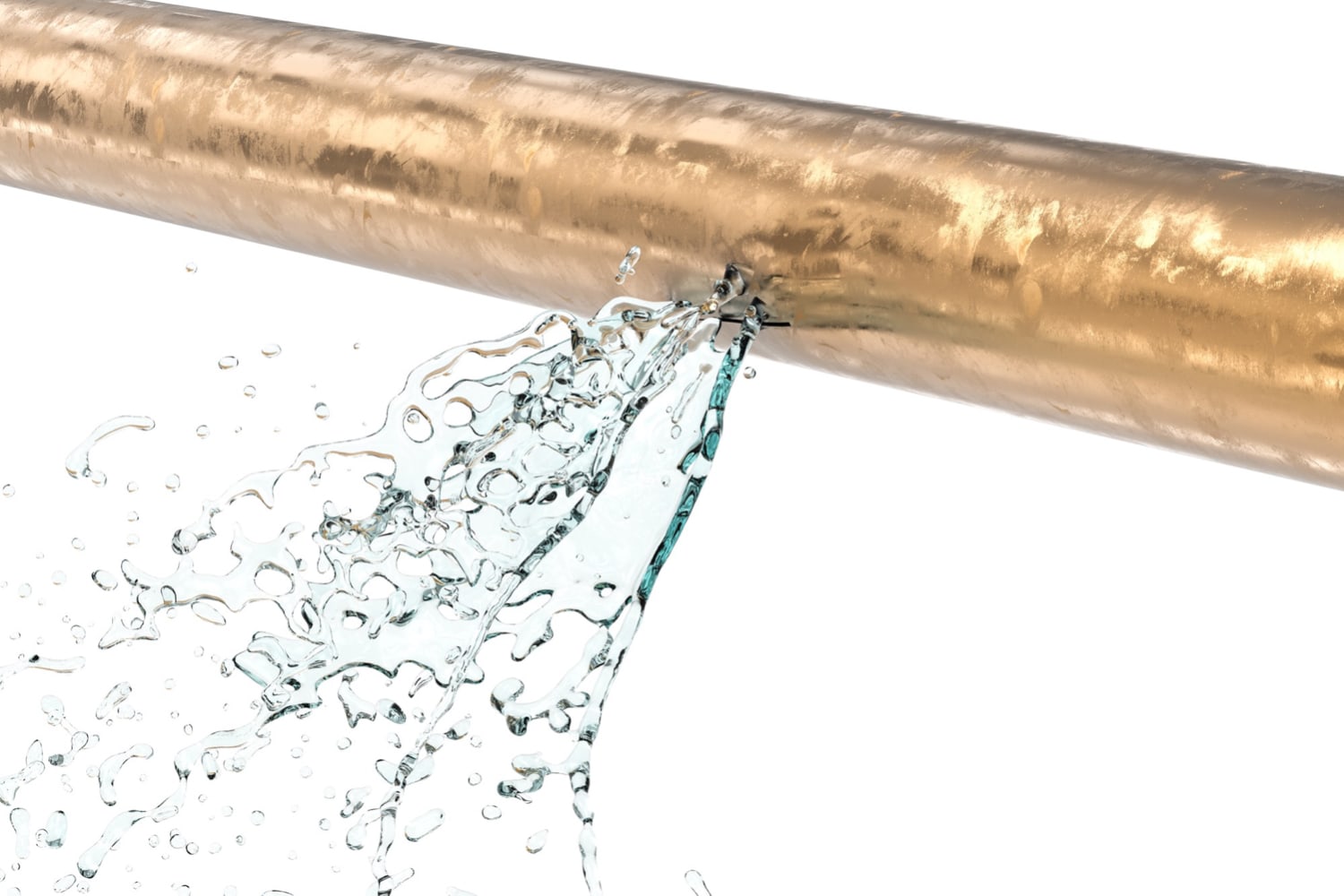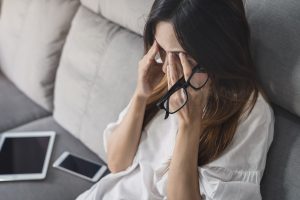Unwanted water getting into your living space is never a welcome. Whether a water leak is caused by a faulty appliance or a burst pipe occurs inside, mold growth is a worthy concern.
Mold is naturally occurring and found just about everywhere (it’s a part of our ecosystem and integral in breaking down organic matter). But, some types of mold can cause not only damage to your home, but can also put the health of both people and animals at risk.

Left unchecked, remediation could days or even weeks, and require costly black mold remediation performed by a mold removal professional.
How long does it take for black mold to grow and spread?
Following a water leak mold growth begins in as little as 24 to 48 hours. For mold growth to begin, the right conditions must exist, however.
From the point of growth starting, it will continue until conditions change or the mold is eliminated.
Ideal conditions for mold growth
There are many factors that need to be present for mold growth including:
- Mold spores – If mold spores aren’t present, there’s no chance of mold forming. They usually get into a home or structure from the outside, tracked in on shoes or clothing. Mold spores are very lightweight and can also enter through an open door, window or other opening.
- Moisture/humidity – Without moisture mold doesn’t grow. It remains in the form of dry mold spores.
- Warm Temperature – Mold grows and thrives in the range of 60 to 80 degrees Fahrenheit, approximately 15 to 26 or 27 Celsius.
- Humid conditions – Humidity
- Food source – Organic material serves as the food source for mold growth. Common examples of organic materials include paper, carpet, wood, cloth, drywall, cardboard and insulation to name a few.
- Darkness – Unlike trees and plants, mold doesn’t need sunlight to grow. In fact, sunlight can harm many types of mold.
Tip: Have you noticed a sharp increase in your monthly water bill? You may have a water leak behind walls or otherwise out of view. If there are water leaks that cannot be detected it may be worth calling a professional.
Signs that your health may be in jeopardy
Mold can bother both humans and pets in a number of ways. While symptoms vary greatly depending on the type of mold and the individual. The most common signs of mold exposure include:
- Headaches of varying intensity
- Allergy-like symptoms including sneezing, sniffling and red, watery or itchy eyes
- Breathing issues like wheezing and coughing
- Irritations on skin
Those with respiratory problems such as asthma can be especially prone to adverse reactions to mold. There are also people who have mold allergies.

Does a water leak mean mold will always follow?
No. In fact, there are a couple simple reasons why in most situations mold growth will not be a problem at all.
Fist, as we’ve mentioned above, mold requires a specific set of circumstances to grow. Earlier we mentioned that mold spores are just about everywhere, and that is true. So, why isn’t mold everywhere, also? Because the conditions that mold thrives under don’t normally occur.
Second, and this is directly related to our first point, if the water which has leaked has been cleaned up, there is no moisture, a necessary condition for growth. Professionals often immediately employ dehumidifiers, air movers (also called carpet dryers) and air scrubbers when encountering water damage.
If mold hasn’t begun growing they can interrupt the process by drying out the environment. It is worth noting that even if mold hasn’t begun growing, moisture issues can still cause damage, even structural damage, to building materials.
Testing for it! If in doubt, mold testing can be done at home with an inexpensive testing kit.
esting: If in doubt, mold testing can be done at home with an inexpensive testing kit.
Prevent mold from growing after a water leak
After a water leak, the best advice is to take action quickly. 24 hours isn’t very long, so time isn’t on your side. If you are dealing with mold that is thought to be toxic, wear protective gear and a respirator or mask rated for mold.
In the simplest terms: mold control is moisture control. Removing the presence of moisture is the most important task.
- Stop the water pressure or source. This may require turning off the water to a home or business, or in the case of a faulty appliance, draining any remaining water.
- Dry all surfaces affected. Remove all the excess water with a special eye to porous material.
- Remove waterlogged furniture and permanently damaged porous material. The rental of a carpet cleaner is money well spent if carpeting has become waterlogged.
- Provide airflow to the affected area – Open doors and windows and strategically place fans so air doesn’t become stagnant.
- Clean affected surfaces. Use a mold killer to kill any surface mold.
- Check for signs of mold in the days and weeks following the clean-up focusing on the areas of the home that were affected.
If you act fast, preventing mold growth is absolutely possible.
Is it time to call a professional? If the water damage is extensive there is a high chance of mold growth which is not visible. Getting into hard to reach places, behind walls and beneath carpet, tile and flooring is best left to professionals. It may also impact if insurance coverage honors your claim.
Is all toxic mold black mold? What is black mold?
All types of mold are fungus. And, not all types of mold are dangerous as far as health is concerned. Most molds, in fact, are harmless. In the U.S., the term black mold has really become a catch-all for toxic mold. Even the ‘black’ in black mold isn’t accurate.
When speaking of black mold, the culprit is Stachybotrys chartarum. In addition to being black in color, it can also be various darker shades of green.